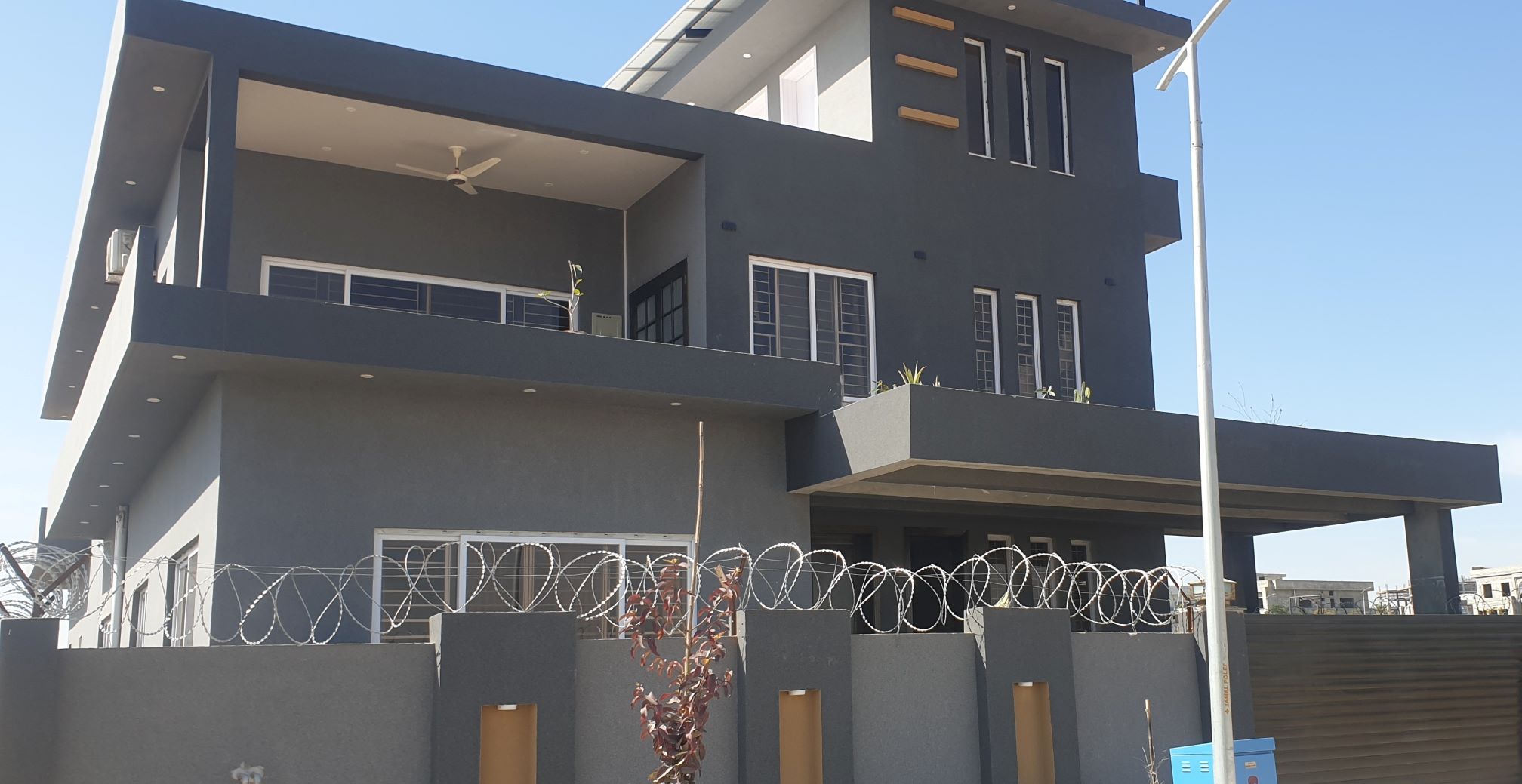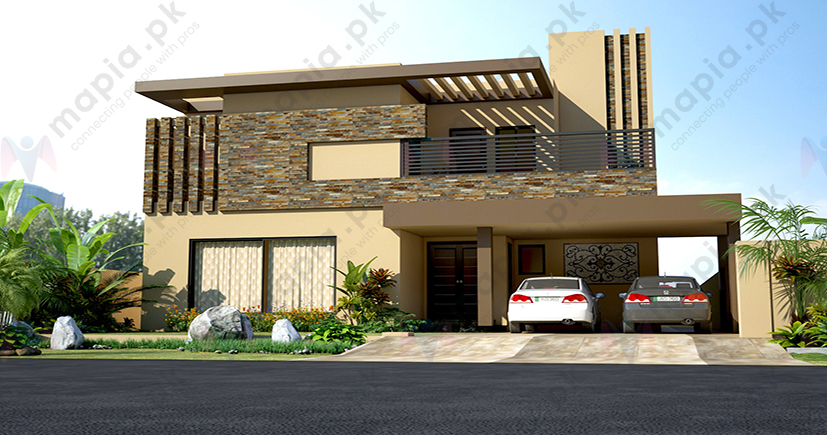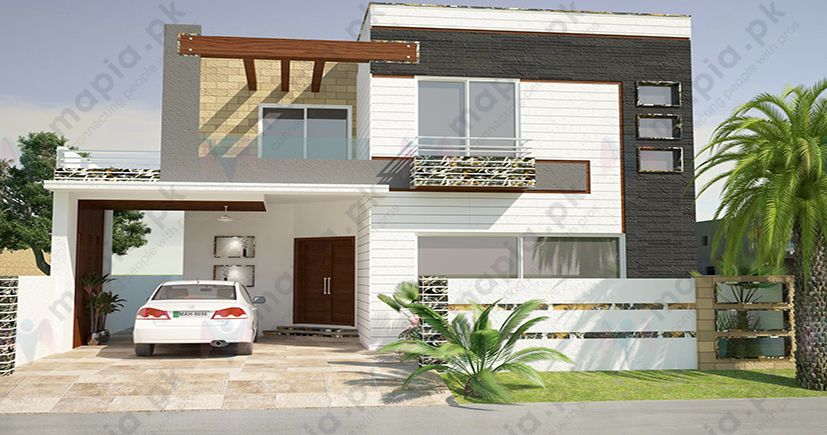Architectural and Engineering Glossary
E
Abbr. for “errors and omissions excepted.”
Abbr. for “engineer/architect.”
Abbr. for “edge and center bead one side.”
Abbr. for “edge and center vee one side.”
Abbr. for “exhaust air.”
One of a number of earthen or bronze vases described by Vitruvius as being installed under the seats of open-air theaters for “reinforcing” the voices of the actors; it is doubtful that such vases were employed.
Premium Product & Services
Best products and services from our partners
A pediment of a Greek building.
1.Any small projecting member or part of a piece or structure, either decorative or structural.2.See shoulder, 1.3.Same as crossette.
An incandescent lamp part of whose envelope acts as an ellipsoidal reflector; used with small aperture downlights.
In CPM terminology, the earliest point in time that all activities that precede the event will be completed.
See American Colonial architecture.
The final phase of Roman architecture from the 4th to the 6th cent., primarily in church building. Coeval with and related to the rise of Byzantine architecture.
Occasionally, a synonym for the Classical Revival style, which was popular in America from about 1770 to 1830; the addition of the adjective Earlyis intended to differentiate this style from Neoclassical style, a later reuse of classical architecture between about 1895 and 1940.
In CPM terminology, the first day upon which no work is to be done for an activity assuming that it started on its early start time.
In CPM terminology, the first day of the project, upon which work on an activity can begin if every preceding activity is finished as early as possible.
The strength of concrete or mortar developed soon after placement, usually during the first 72 hr.
A cellar that is dug into the face of steeply sloping ground, with its floor at approximately the same level as the ground at the entrance door; provides an effective place for storing food because the surrounding earth keeps the interior cool. Compare with root cellar.
In electric wiring a metal plate, water pipe, or other type of conductor buried in the earth in a manner ensuring a good conductive path to the ground.
In many types of primitive dwellings,a floor providing a reasonably durable walking surface,and that was usually composed of a compacted mixture of earth,ashes,clay (if available),with additives such as lime,pebbles,or straw.Another addition animal blood was once thought to improve the stability of the compacted soil.Also see rammed earth.
Any rock, fill, natural soil, or combination thereof.
mineral pigment, natural pigment A pigment which is produced by physical processing of materials mined directly from the earth.
1.An earth electrode in the form of a buried metal plate. 2.British term for buried plate electrode.
1.The horizontal thrust which is exerted by retained earth. 2.The pressure exerted on a structure, such as a wall, by the earth which it retains.
A building in which at least 50% of the combined area of the walls and roof are covered with a thick layer of earth.
1.A glazed or unglazed nonvitreous ceramic whiteware, having an absorption of more than 3%. 2.See stoneware.
Descriptive of a timber framed structure that is supported on posts sunk in the ground, rather than supported by a foundation; also see post in ground construction and poteauxenterre house
British term for grounding electrode conductor.
British term for grounding conductor.
The total force exerted on a structure by an earthquake.
1.Operations connected with the movement of earth. 2.A construction made of soil.
A curve at the lower end of a handrail, where it meets the newel post that supports the handrail.
Said of a building component, any edge of which is slightly rounded, for example, as a stair nosing.
Any edge which is rounded slightly.
1.A right of accommodation (for a specific purpose) in land owned by another, such as right of way or free access to light and air.
1.Removal of material to enable a piece to be fitted into an allotted space. 2.See basement, 2.
The end of a church where the principal altar is placed;so called because medieval churches almost invariably had their sanctuaries at the east end and the main doors at the west end.
A dense, moderately hard wood; light to dark brown in color, with dark streaks; found in India and Burma. Used for cabinets, paneling, and interior finish; resembles black walnut.
A hard, dense wood; purplish in color, with black streaks; used for decorative paneling and cabinets.
In church architecture, a window at the choir end of the church,which is commonly the east end.
Same as Asiatic water closet
See antique crown.
Wood of a coniferous tree of eastern North America;moisture resistant,soft,coarse,uneventextured;splinters easily;inferior for use in construction.
See pick and dip.
A highly aromatic,moderately high density,fine textured wood of a distinctive red color with white streaks;widely used for fence posts,shingles,and mothproof closet linings.
Same as Stick style; also see Western Stick style.
Same as Asiatic water closet.
A style not of architecture but of ornamentation, associated with the English designer Charles Locke Eastlake (1836–1906). Decorative elements included: spindlework (especially balusters or posts turned on a lathe), perforated bargeboards and pediments, carved panels, large ornamental fanlike brackets, highly ornamental moldings, and decorative hardware fittings such as door knobs and locks.
That part of a roof that projects beyond the exterior wall;usually the lower edge of a sloped roof.Also see bellcast eaves,boxed eaves,bracketed eaves,closed eaves,coved eaves,flared eaves,open eaves.
Same as eaves fascia.
A bracket that supports the eaves of a roof;usually one of many,often in pairs.














